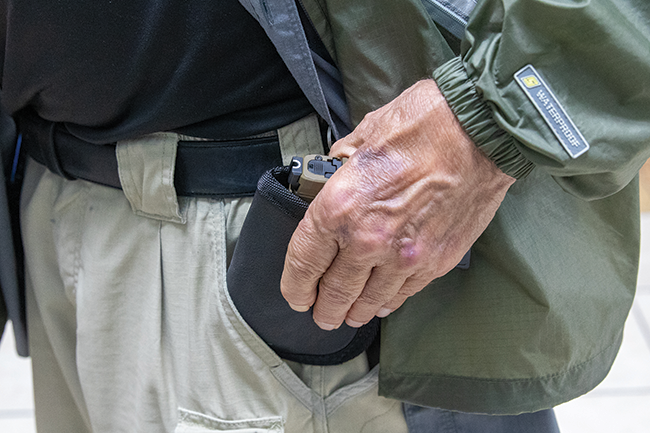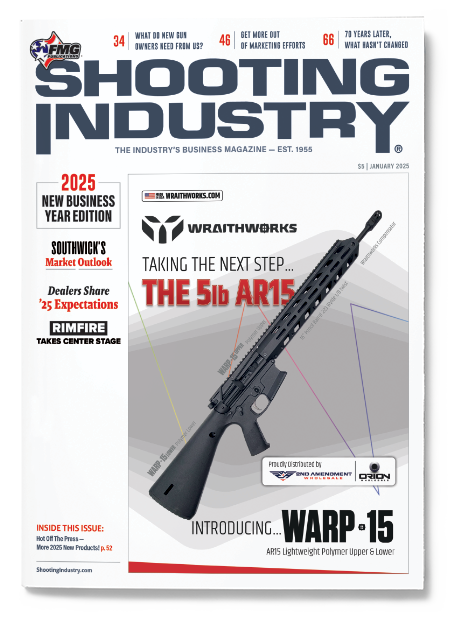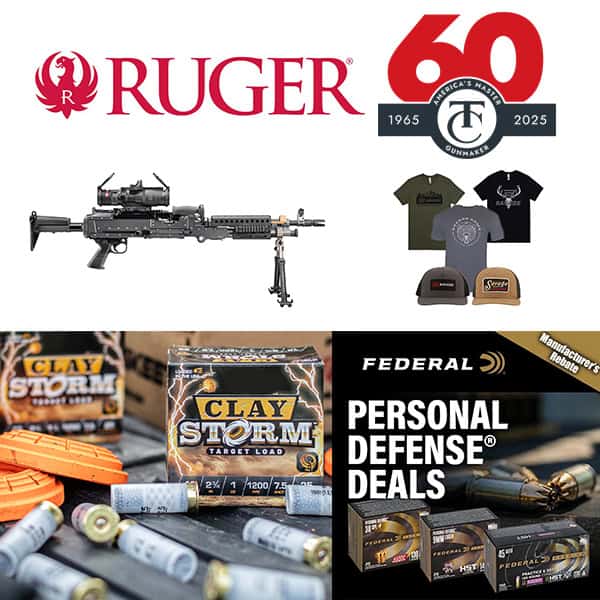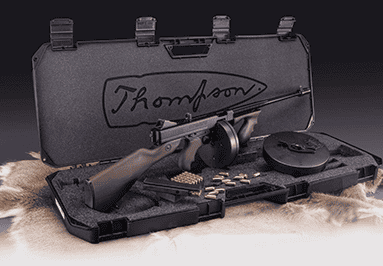Backup Gun Selling Points
In the world of armed self-defense, a “backup gun” is a second firearm that can supplement the first in a number of scenarios. Many of those scenarios are things the average customer at a gun shop might not have thought of, but will recognize are realistic when they are brought to their attention. Voila! A sale is made.
It’s been 70 years since Shooting Industry debuted its first issue. Then, the primary buyers of backup handguns were cops and high-risk retailers, as well as stalking victims or others particularly at risk. Michigan State Police were on the cusp of becoming the first law enforcement agency to issue a smaller handgun and require it be carried concealed as backup while on uniformed patrol — something much more popular in today’s American police circles.
If the officers carried a Colt Official Police, their chosen backup was likely to be the same brand .38 Special in a smaller size, the all-steel Detective Special small-frame snubbie. Or, it was perhaps the first aluminum-frame revolver — Colt’s much lighter Cobra version of the same gun, which had been introduced in 1950.
If the Smith & Wesson was the department’s choice, the little five-shot Chiefs Special of 1949/1950 was the typical backup. The rationale there was if the officer had to reload from the then-prevalent belt loops or dump pouches, the cylinder latch worked the same way, and the cylinder rotated in the same direction.
As time went on in the police world and speedloaders became standard — except for agencies that were early adopters of Auto pistols — it was common to see an officer carrying a K-Frame Smith & Wesson as the uniform service revolver but a D-Frame Colt snubbie for backup, since the same size HKS speedloader would feed both guns.
Let’s look at some of the selling points for backup handguns today.
Who Needs A Backup?
Carrying a second revolver became popular in the mid-1800s, when fighting men realized five or six shots might not be enough to win a gunfight and revolvers of the time were slow to reload.
That argument finds deaf ears today with many cops and armed citizens, who think, “My primary carry handgun carries 16 or 18 rounds of 9mm. In the unlikely event I need more, it will be quick to reload, so I don’t need to carry a second handgun.”
Those customers need to consider the following:
• If they’re caught off guard and disarmed at gunpoint, a second hidden gun might be the only thing that keeps them from being executed by the criminal perpetrator(s).
• The gun on their hip might not be accessible when they’re down on their back or side in a street fight, or seat-belted behind a steering wheel when confronted by armed carjackers. But an ankle holster with a small second gun may be much more accessible under those circumstances.
• Their primary weapon may be snatched from their holster (a particularly critical concern for open carriers) or knocked from their hand in a struggle.
• A surprise attack may not afford time to draw their primary handgun, while their hand already surreptitiously on a pocket pistol will allow a much faster draw.
• If their primary handgun malfunctions and can’t be rapidly cleared, drawing a backup will likely be the fastest avenue to survival.
• If their primary carry sidearm has to go in for repair or go into evidence after a self-defense incident, they have another suitable gun ready to carry, a particular concern in waiting period states.
• Finally — a particular concern for the armed citizen — in a sudden emergency, the second gun on their person allows them to arm a competent companion. Two competent people are more than the sum of their parts, capable of triangulating and practicing what police call “contact and cover.”
Bring up these selling points! They help turn on the light bulb that makes the customer realize, “I and the people I protect can be safer if I have this thing!”
Backup Gun Considerations
A simple and intuitive-to-operate firearm is a bonus when choosing a backup. Your customer favors a cocked and locked 1911 or Hi-Power as primary? A compact cocked and locked pistol like the Smith & Wesson CSX 9mm or the Colt Defender .45 might be a logical backup choice. Primary carry is a GLOCK? Another, smaller GLOCK will have logical appeal to the potential purchaser.
Interchangeability of ammunition is a very strong selling point. When I carried a GLOCK 17 9mm, my ankle gun was often the “baby GLOCK” G26 in the same caliber, because either would feed the spare 15-shot G17 magazines.
Similarly, when the GLOCK 22 in .40 S&W was America’s most common standard-issue police pistol, the “baby” G27 in the same caliber was hugely popular for the same reason. Remember the HKS speedloaders feeding either the K-Frame S&W revolver or the D-Frame snubbie Colt? Same principle, same sensible logic.
Some customers’ wardrobes, physical builds and lifestyles will allow only tiny guns for backup. Many of the super-popular Ruger LCP .380s serve more as backup than primary.
Gun gurus Craig “SouthNarc” Douglas and Simon Golub have done much to rekindle interest in KelTec’s P32, a .32 Auto the size and weight of yesteryear’s .25s. They’re so tiny as to be “cute,” which, sadly, is also a selling point but another reason to have one or more in your showcase.
Where to carry is another concern. Sell the customer an ankle holster, a pocket holster or perhaps even a belt holster. You’ll give the owner a repertoire of choices that will enhance their ability to carry the insurance of a second gun no matter how they’re dressed.
Finally, quote authority figures a well-read customer will recognize. The late Louis Awerbuck always carried a backup. So does Clint Smith. Self-defense guru John Farnam currently carries a matched pair of compact 9mm Autos, one on each hip. The late Bill Jordan’s pet .357 Combat Magnum was always backed up by a Chiefs Special Airweight in his hip pocket. Famed NYPD gunfighter Jim Cirillo carried three to four handguns (plus a shotgun) when assigned to the Stakeout Squad, and in retirement, wore a .45 GLOCK 30 backed up by a .40 GLOCK 27. I knew all these men. They carried those extra guns for very good reasons.
Backup guns make sense. The more you can put the above arguments for backup in front of your personal protection customers, the more product you will sell … and the better protected those customers will be.






